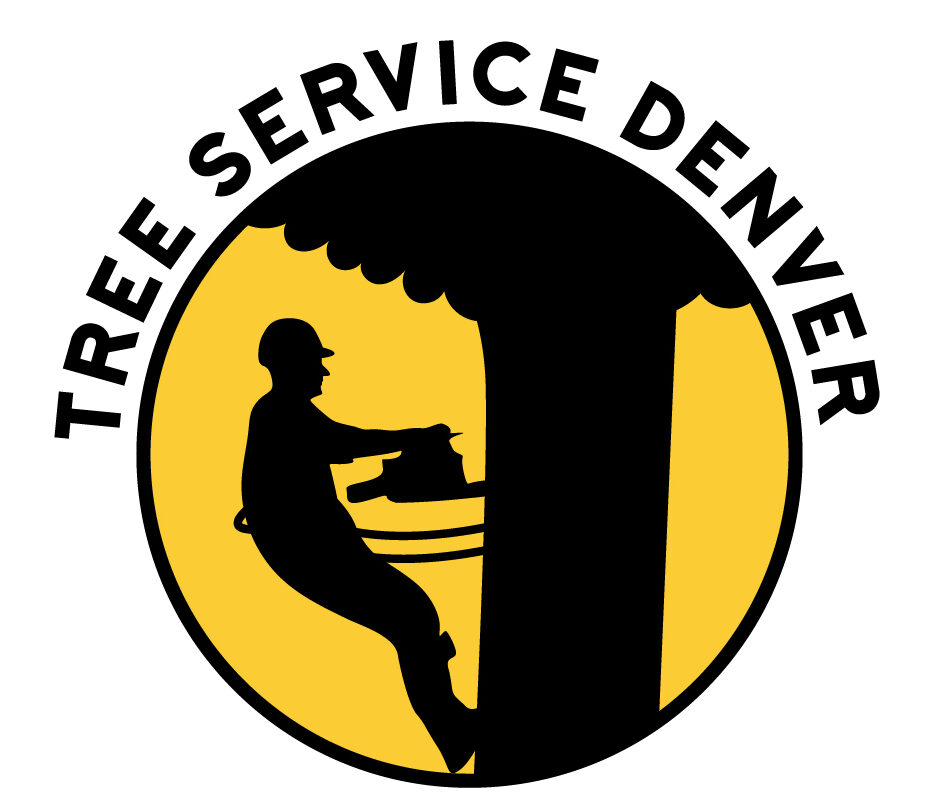So you've got a pesky tree stump in your yard and you're itching to get rid of it. But hold on, before you grab that shovel and start digging, there are some dangers you need to be aware of.
Removing a tree stump may seem like a simple task, but it can actually pose serious risks. From potential injuries to damage to surrounding structures, underground utility interference to environmental impact, this article will enlighten you on the hazards involved.
Proceed with caution, my friend.
Key Takeaways
- Use of power tools during stump removal can result in severe injuries such as cuts, lacerations, or amputations.
- Improper handling of power tools and lack of experience increase the risk of accidents.
- Removing a tree stump can compromise the structural stability of nearby buildings and damage underground pipes and utility lines.
- Removing a tree stump can lead to soil erosion, loss of valuable topsoil, and a decline in biodiversity.
Potential Injury Risks
Do you know what kind of potential injury risks you could face when removing a tree stump? It's important to be aware of the dangers involved in tree stump removal to ensure your safety. There are various techniques for removing tree stumps, each with its own level of risk. However, it's essential to note that even the simplest methods can pose potential hazards if not executed properly.
One of the main risks associated with tree stump removal is the use of power tools. Many individuals choose to rent or purchase chainsaws or stump grinders to expedite the process. While these tools can be effective, they also come with inherent dangers. The improper handling of power tools can result in severe injuries, such as cuts, lacerations, or even amputations. It's crucial to have the necessary knowledge and experience before operating these machines.
Another potential injury risk is related to the physical strain involved in stump removal. Digging out a tree stump requires significant physical effort, including lifting heavy equipment and digging deep into the ground. This can lead to muscle strains, sprains, and back injuries if proper lifting techniques and precautions aren't followed.
While some individuals may consider DIY stump removal to save money, it's important to weigh the potential risks against the cost of professional stump removal. Hiring a professional not only ensures your safety but also provides expertise in handling the removal process efficiently and effectively.
Damage to Surrounding Structures
When removing a tree stump, you should be cautious of the potential damage to surrounding structures. The structural stability of nearby buildings can be compromised if the stump removal process isn't done carefully. The roots of a tree spread out in various directions, and when a stump is removed, it can lead to the destabilization of the soil in which the roots were embedded. This can result in the shifting or sinking of adjacent structures, causing cracks in foundations, walls, or even damage to underground pipes and utility lines.
It is essential to hire professionals who've expertise in stump removal to minimize the risk of damage to surrounding structures. They'll assess the proximity of the stump to buildings and determine the appropriate removal method. For stumps close to structures, manual removal techniques may be employed to prevent any damage. In some cases, professionals may choose to grind the stump below ground level, minimizing the impact on the soil and surrounding structures.
Damage to surrounding structures can have a significant impact on property value. Cracks in the foundation or walls can decrease the structural integrity of a building, making it less attractive to potential buyers. Additionally, the cost of repairing such damages can be substantial, further reducing the property's value. Therefore, it's crucial to consider the potential risks and take necessary precautions before removing a tree stump.
Underground Utility Interference
To minimize the risk of damaging underground utility lines, it's important to take precautions and hire professionals when removing a tree stump.
Underground utility interference can cause significant damage and pose serious safety risks. Here are some key points to consider when it comes to preventing damage and seeking professional assistance:
- Identify underground utilities: Before starting any stump removal project, it's crucial to identify the location of underground utilities. This can be done by contacting your local utility companies or using specialized equipment. Knowing where these lines are will help you avoid them during the removal process.
- Call before you dig: Always call 811 or your local utility locator service before digging. This will ensure that utility companies will come out and mark the location of their lines. By doing so, you can avoid accidentally hitting and damaging these lines while removing the stump.
- Utilize professional expertise: Removing a tree stump involves complex tasks, such as grinding or excavating deep into the ground. Hiring professionals who have the experience and expertise in dealing with underground utilities can help minimize the risk of interference and potential damage. They are trained to navigate around these lines safely.
- Safety first: Underground utility lines can carry electricity, gas, water, and other essential services. Damaging these lines can result in power outages, gas leaks, or water pipe ruptures. These situations can be dangerous and costly to repair. By seeking professional assistance, you ensure the safety of yourself, your property, and the surrounding area.
Environmental Impact
To minimize the negative environmental impact, you should consider the long-term consequences before removing a tree stump. While removing a tree stump may seem like a simple task, it can have significant effects on the surrounding ecosystem. Two major environmental concerns associated with stump removal are soil erosion and the loss of wildlife habitat.
Soil erosion occurs when the removal of a tree stump disturbs the natural balance of the soil. Tree roots help hold the soil together, preventing erosion. When a tree stump is removed, the roots are also removed, leaving the soil vulnerable to erosion. This can result in the loss of valuable topsoil, which is essential for plant growth and biodiversity.
The loss of wildlife habitat is another significant environmental impact of removing a tree stump. Tree stumps provide valuable shelter and nesting sites for a variety of wildlife, including birds, insects, and small mammals. Removing a tree stump eliminates these habitats, forcing wildlife to find alternative homes. This disruption can lead to a decline in biodiversity and negatively affect the overall health of the ecosystem.
To illustrate the environmental impact of removing a tree stump, consider the following table:
| Environmental Impact | Consequences |
|---|---|
| Soil Erosion | Loss of topsoil, reduced plant growth, increased runoff |
| Loss of Wildlife Habitat | Disruption of wildlife populations, decline in biodiversity |
Regrowth and Resprouting Challenges
Dealing with regrowth and resprouting can pose challenges when removing a tree stump. After successfully removing a tree stump, you may think that the job is done. However, without proper regrowth management, new shoots can sprout from the remaining root system and cause the stump to regrow.
Here are some challenges you may face and some stump removal techniques to overcome them:
- Vigorous regrowth: Stumps from certain tree species, such as willows and poplars, are more prone to vigorous regrowth. These fast-growing trees have extensive root systems that can produce new shoots even after the stump has been removed. To manage regrowth, it's important to apply a stump killer or herbicide to the freshly cut stump to prevent new shoots from sprouting.
- Suckering: Suckering occurs when dormant buds on the roots or base of the stump begin to grow, producing new shoots around the stump. This can be a challenge as these shoots can quickly turn into new trees. To prevent suckering, it's recommended to excavate and remove as much of the root system as possible during the stump removal process.
- Resprouting from small root fragments: Even small root fragments left behind in the soil can lead to resprouting. These fragments can regenerate and produce new shoots, undermining your efforts to remove the stump. To avoid this, make sure to thoroughly remove all visible roots and use a stump grinder to break down the remaining root system.
- Regular monitoring and maintenance: Once a stump has been removed, it's essential to regularly monitor the area for any signs of regrowth. Promptly remove any new shoots or sprouts that appear to prevent the stump from regrowing. Regularly applying herbicides or stump killers can also help in managing regrowth.
Conclusion
In conclusion, removing a tree stump may seem like a simple task, but it comes with its fair share of dangers and challenges.
From potential injuries to damage to surrounding structures and interference with underground utilities, the risks aren't to be taken lightly.
Additionally, the environmental impact and the regrowth and resprouting challenges should also be considered.
So, before you decide to tackle that stubborn stump, make sure you're well aware of the potential dangers and are prepared to handle them with caution.





